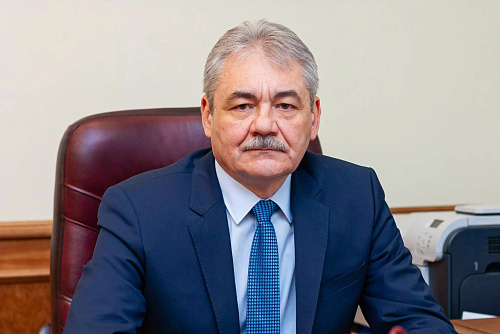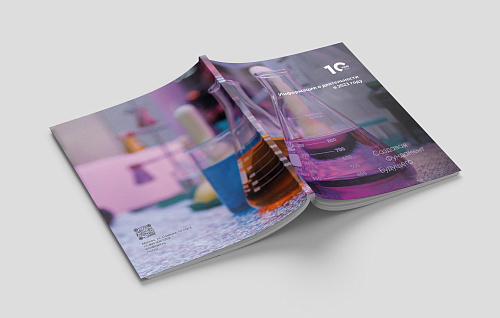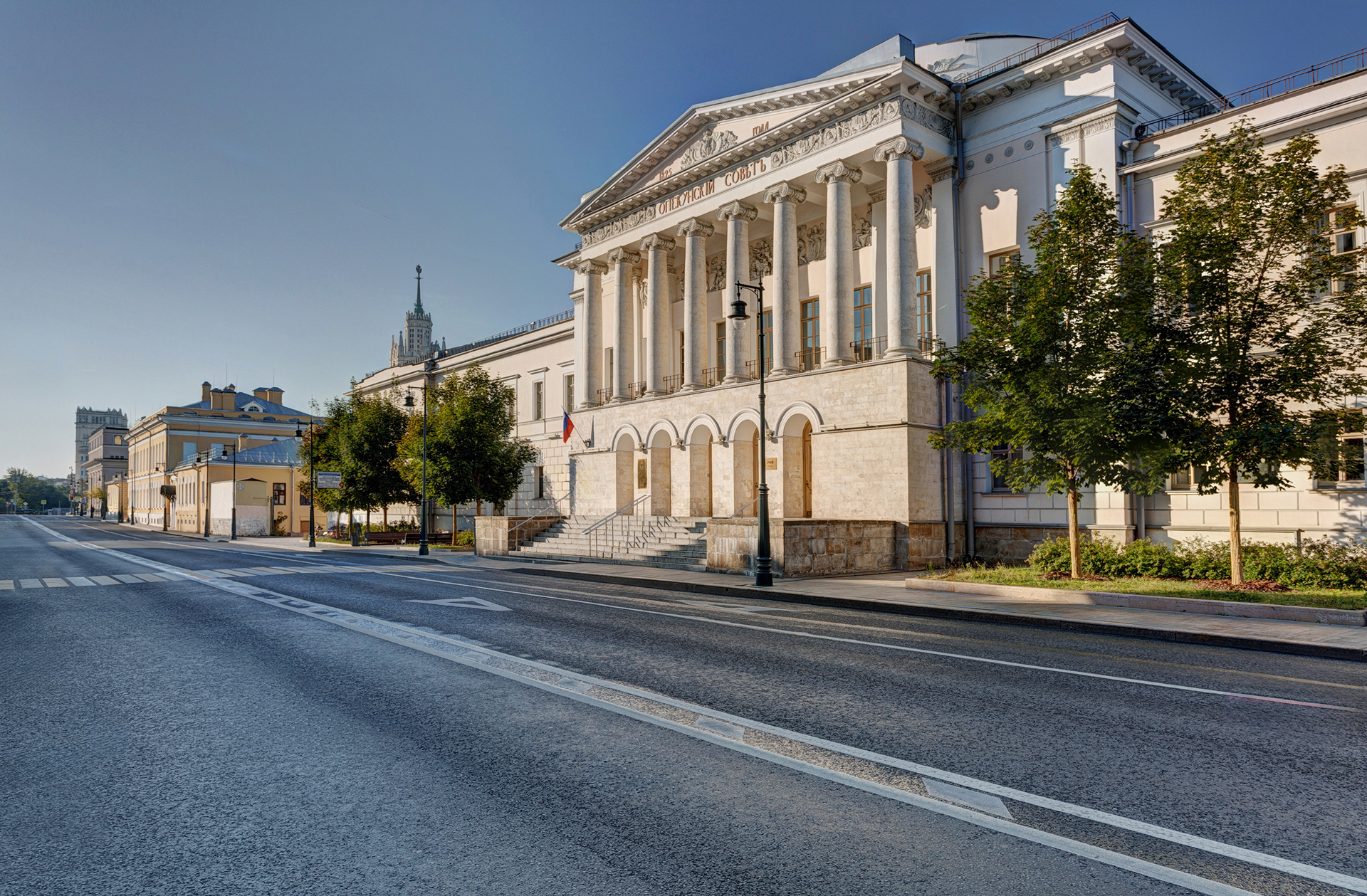

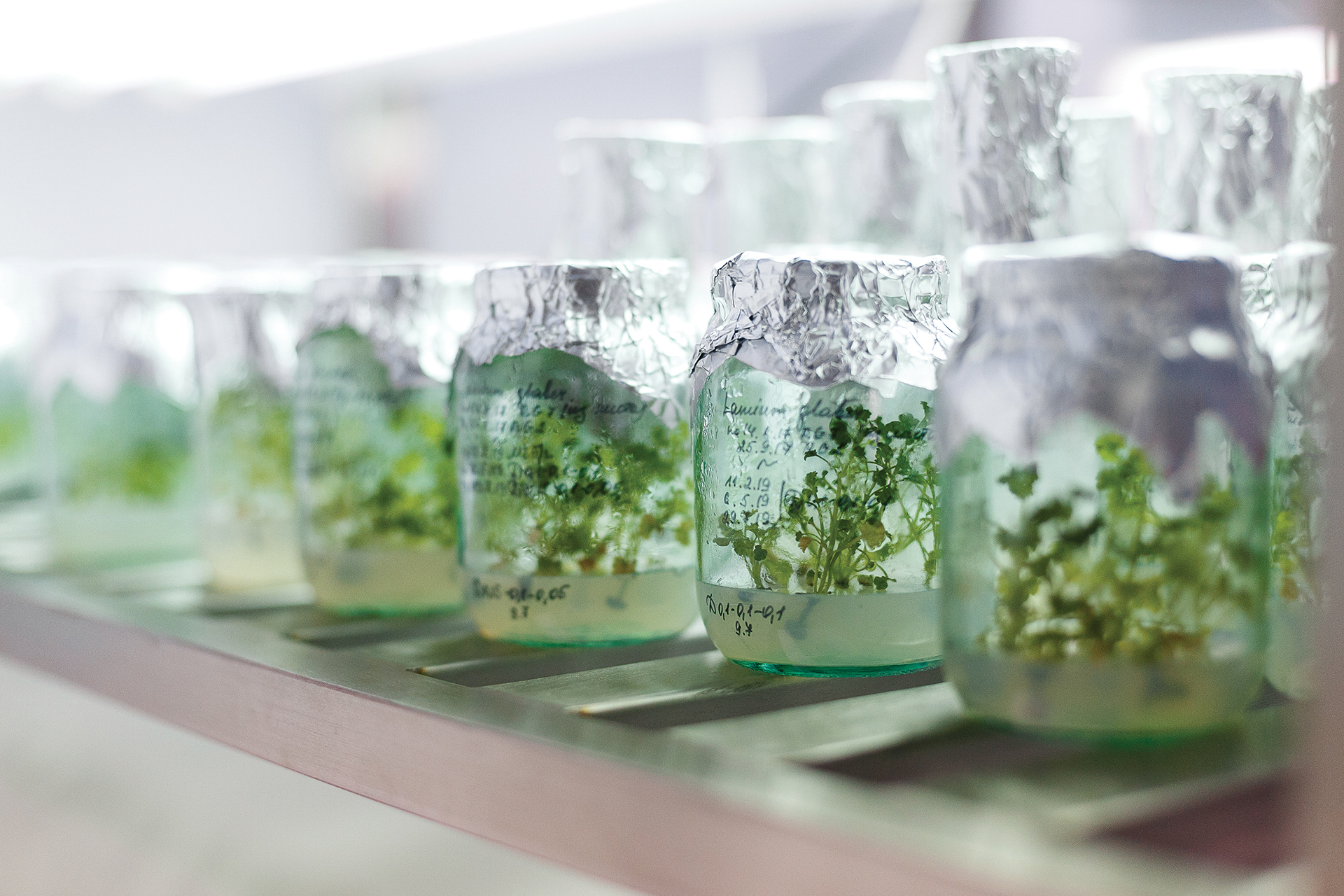
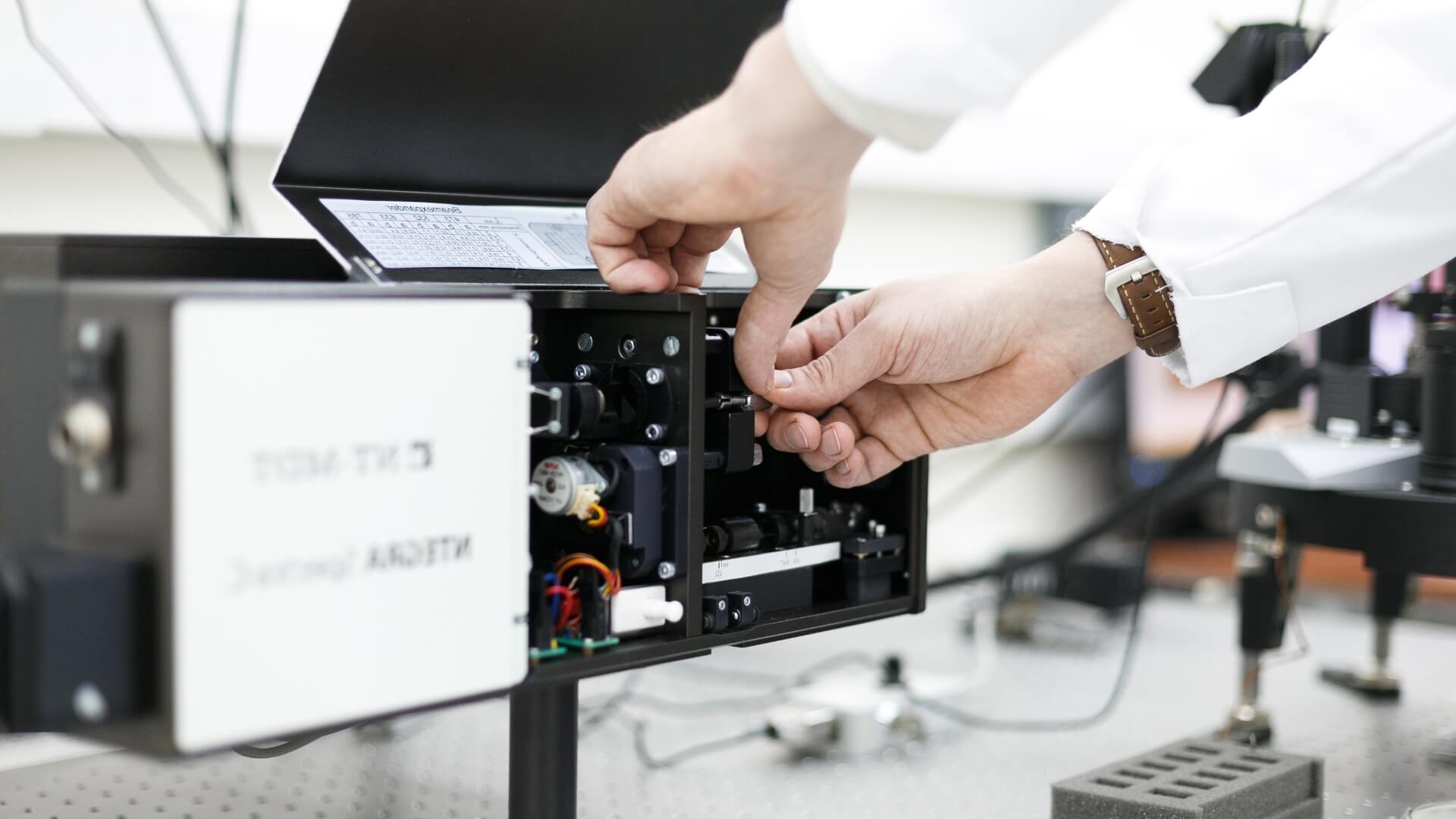
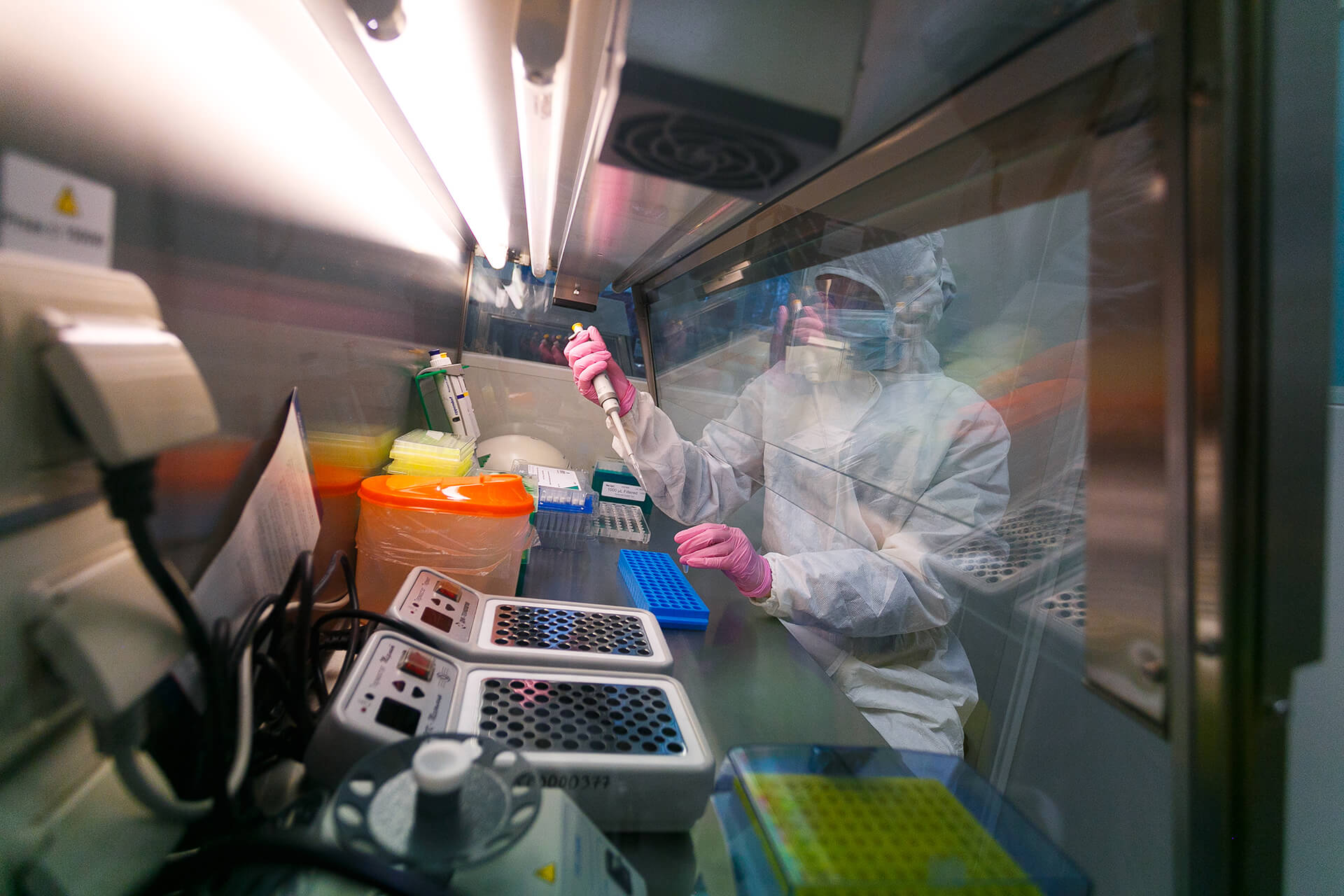
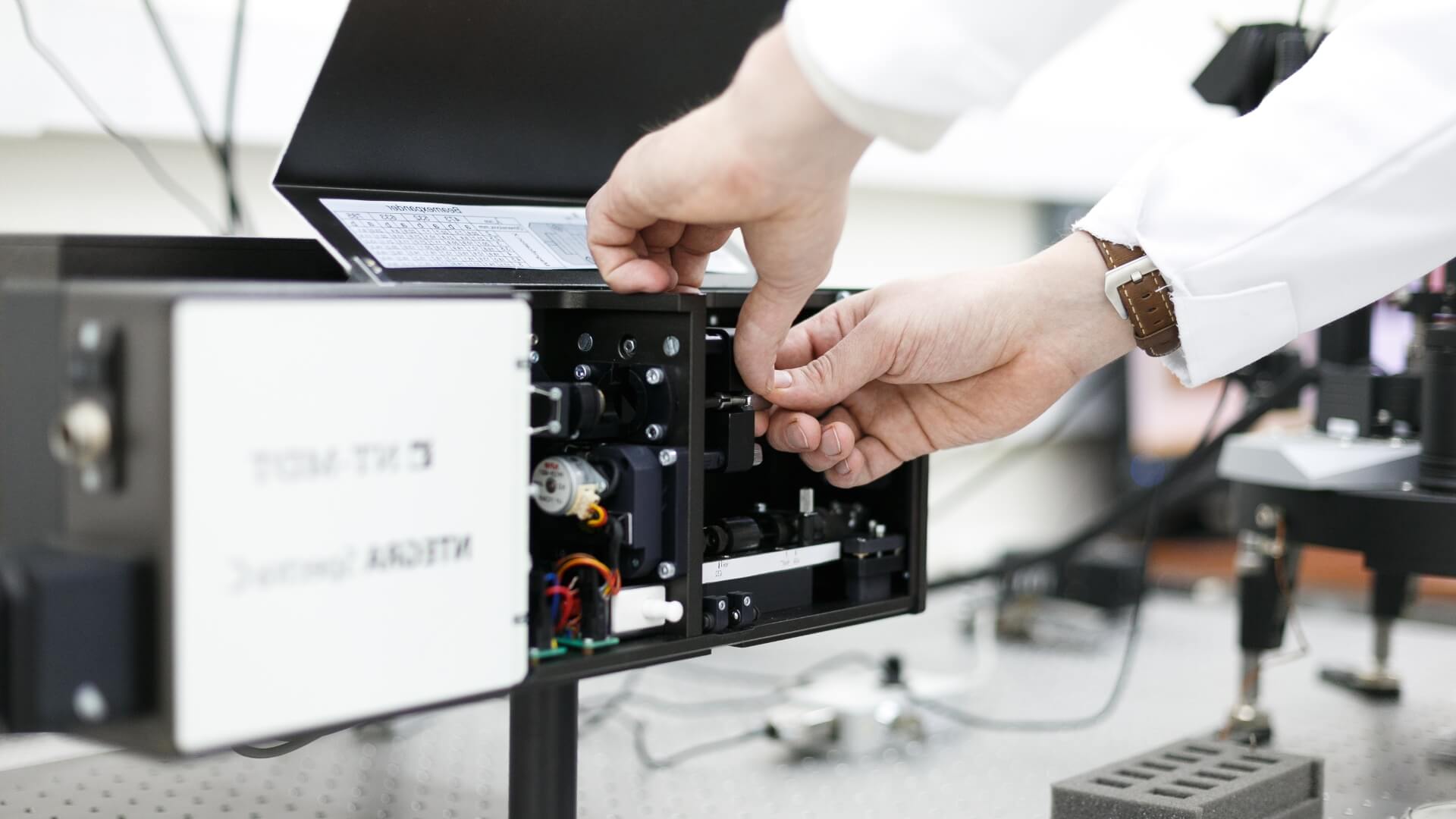
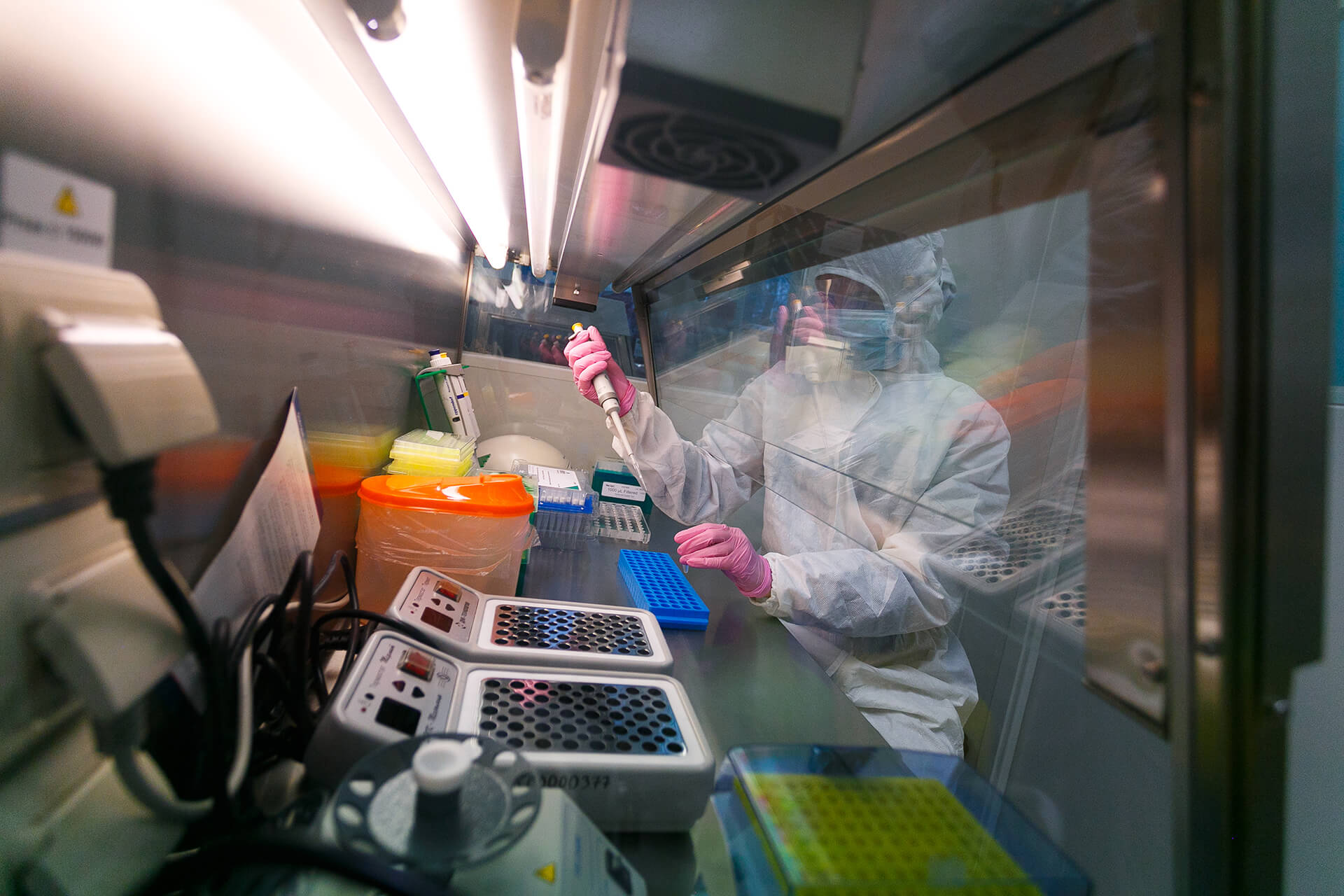
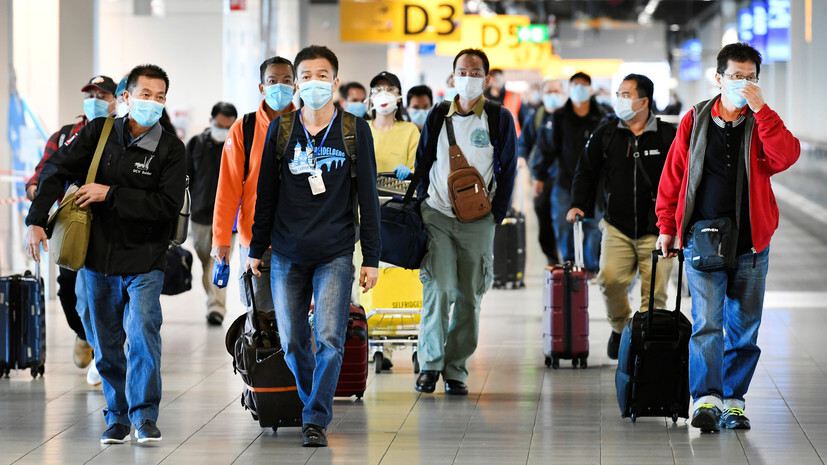
— Dr. Boukhanovsky, let us talk about the forecasts for the spread of COVID-19 in Russia and in the world. The rate of the virus spreading is different everywhere. There are some successes in China and South Korea, however, a real "fire" broke out in Europe and the USA. What can be assumed from the available data and the growth rate? Is Russia following the Chinese scenario, the Western European scenario, or going its own way?
— So far, we cannot talk about any explicit scenario for our country. If we focus on the indicators of infection, mortality and recovery, then currently Russia is close to Eastern Europe and Scandinavia. Dangerous tendencies, characteristic of Western Europe and the USA, are not being observed.
Almost all countries of the world are affected by the coronavirus, about ten countries are facing a clearly disadvantageous situation. Russia is not among them and it won’t be, provided the necessary security measures.
If you carefully analyze the official statistics of COVID-19 death rates, more than half of all cases occur in Italy, Spain, and the United States.
— What mathematical models can be used to forecast the spread of viruses and the epidemics in general?
— There is a variety of mathematical methods for modelling epidemics. The simplest but least accurate models are based on extrapolating the available data on morbidity using regression methods, that is, studying the effect of one or more independent variables on a dependent variable. More credible models outline causal relationships of the onset and development of diseases as a sequence of intermediate states.
— Mass media is now actively discussing the SEIR mathematical model, updated for the COVID-19 pandemic. Can you comment on its accuracy? Which models does your team use?
— SEIR models the flows of people only between four states: susceptible (S), exposed, or infected during the incubation period or asymptomatic (E), infected in the active stage of the disease (I), and resistant, deceased or recovered (R), depending on interpretation. Together with my colleagues, Sergei Ivanov and Vasiliy Leonenko, researchers from the National Center for Cognitive Technologies, ITMO University, we developed epidemiological models with more than twenty states of a person that take into account the diverse structure of social contacts. In general, the number of states determines the degree of detail required to describe the pathways of a particular disease.
— Can we say that your calculation model is most effective?
— Any mathematical model is an abstraction that reflects the properties of real-world objects only to some extent. In the situation with COVID-19, the possibilities of measurement and data collection methods are limited. Given the uncertainty, the complication of the structure of the model itself does not lead to an increase in the quality of forecasts, for now they all fit into a fairly wide probability interval. Therefore, objectively speaking, it will be possible to assess the prognostic effectiveness of a particular model only when it is all over.
— What factors are most important in calculations? Healthcare system preparedness, population density, the responsibility of the citizens, active measures taken by authorities?
— There is no definite answer to this question. In general, for pathogens spread by airborne transmission and domestic transmission routes, including COVID-19, the key factors are the biological nature of the disease: virulence, the duration of the incubation and infectious periods, and the mortality rate. The characteristics of the population in which the disease occurs are also important: size, immunity level, age structure, and the number of contacts.
Epidemiological models are not sufficient for the quantitative analysis of factors because the spread of infection is a social process. This is crucial for the coronavirus, since it is distributed mainly by asymptomatic carriers.
— Are you using any additional models?
— Along with the epidemiological model, we are using a model that describes the daily life and activity of the population, the so-called virtual society. We developed this model at ITMO Institute of Design and Urban Studies with the financial support of the Russian Science Foundation, and it allows to replicate the distribution of population in a city during the day and assess the structure of contacts between people at home, at work, in the store and transport.
— Are there any models for calculating the effectiveness of different regimes: movement restrictions, self-isolation, quarantine, and state of emergency?
— Such calculations are performed by different research teams and usually do not coincide quantitatively. At the same time, they demonstrate a clear trend — the fewer contacts a person has, the less infected people there are. Various social mechanisms of social contacts can be controlled on the platform of the virtual society model.
On this digital platform, you can "lock" the townspeople at home, "restrict" traffic, "close" the entrance to the city. The effectiveness of measures is determined by the influence they have on changing the structure and intensity of ties in society. It is not necessary to stop all contacts. Ensuring the division of society into groups is already enough, as the number of contacts within the group is significantly less than between the groups. This can not only slow down but also stop the course of the epidemic, as was observed in China.
— How does the social activity of an individual affect the overall picture?
— The grouping model works well even against super-distributors and quarantine violators. They will be unable to significantly affect the overall epidemiological situation. However, due to insufficient knowledge about coronavirus, it is difficult to determine the characteristics of the structure of social connections that limit the development of the epidemic. Moreover, judging by similar cases and the experience of other countries, the measures taken in Russia allow to hope for the best.
— How do you calculate the consequences? When do you expect the peak and the recession of the epidemic in Russia?
— The typical epidemic cycle for viral infections usually lasts from one to three months, provided that there are no mass “imported cases”. There is no reason to believe that the situation in Russia will be different. To configure the model according to domestic data, it is necessary to evaluate the effects of isolation measures, which requires at least two weeks.
The epidemic is on the decline when every infected person infects less than one healthy person. This process is inevitable, first of all, for biological reasons, such as gradual immunization of society, or the weakening of the virus, that is not interested in killing its carriers for the purpose of its own survival and spread.
Isolation and quarantine measures can regulate this process and reduce losses for society as a whole. At the same time, we should not forget about the existence of the background level of SARS, that is caused by numerous "relatives" of this virus. Perhaps this very background level, which is quite high in Russia, is a natural defence for citizens against the serious consequences of the epidemic.
— Are there any models for calculating the probability of occurrence of such disasters to avert them? Can your work help to eliminate such threats at the start?
— The very fact of the occurrence of such disasters is difficult to identify in advance. Usually, very general models of the evolution of complex systems are used for this. They apply nonlinear differential equations and sometimes demonstrate chaotic behaviour, which is considered the beginning of a disaster: an epidemic, financial crisis, or revolution. The primary focus is given to the early detection of the so-called critical points, transitional state of the system when a light impetus is enough to bring it into a crisis that cannot be stopped.
This area is new, and so far, each problem requires an individual approach. The key difficulty is that the equations describing the evolution of a system are usually unknown. The question is whether it is possible to build them on the basis of retrospective data. In general, this can be done with the help of AI technologies that allow to "grow" such equations on data using evolutionary algorithms. This can be done for influenza and acute respiratory viral infections, but there is still not enough data for COVID-19, since epidemics in most countries have not reached their peak. This is our scientific agenda for the near future.
— What can you say about the coronavirus pandemic in terms of your area of expertise? What type of critical phenomena in complex social systems does it qualify as? What are its strengths and weaknesses?
— First of all, the situation with COVID-19 clearly manifested the problem of juxtaposing the individual and society. Recommendations on self-isolation are not always fulfilled in all countries. At the same time, the consolidation of society in terms of minimizing social ties makes it possible to compensate for the actions of violators, and the epidemic is spreading on a much smaller scale. However, no one should take it easy, since it is the violators who are the first to become victims of the infection and suffer from such actions.
Another trend that we have encountered follows from the logic of the global science system. It describes the cascades of critical effects that occur in several related complex systems. For example, when the rapid spread of the epidemic through social ties causes a decrease in logistic activity and a simultaneous overload of digital networks.
As a result, “it never rains, but it pours”: there is a risk of getting stuck home without the Internet, which is a critical infrastructure. The main difficulty in identifying such phenomena in advance is that they never occur in everyday operation but arise only in critical states of complex systems. I believe the COVID-19 pandemic will provide a new experience for the design of distributed control systems for complex socio-technical infrastructures.
